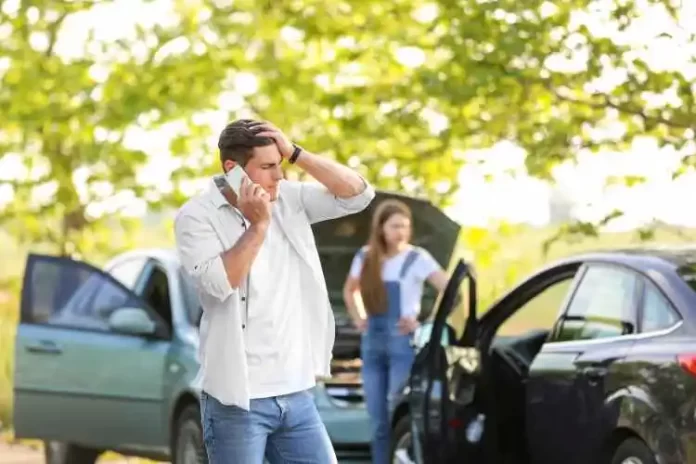Car accidents can happen to anyone, anywhere, and at any time. While we hope we never have to experience one, it’s essential to be prepared and know what to do in case it does happen. This crash course will guide you through the crucial steps to take after a car accident, ensuring safety, compliance with the law, and effective handling of the situation.
1. Ensure Safety First
Your immediate priority after an accident is safety. Check yourself and your passengers for injuries. If you or anyone else is hurt, call 911 immediately. If it’s safe to do so, move your vehicle to the side of the road to prevent further accidents. Turn on your hazard lights to make your vehicle more visible to other drivers.
2. Call for Help
Whether there are injuries or not, it’s crucial to call for help. Dial 911 to report the accident to the police and request medical assistance if necessary. Provide accurate information about the accident’s location, the number of vehicles involved, and any injuries. The police report will be essential for insurance claims and legal purposes.
3. Exchange Information
After ensuring safety and contacting the authorities, exchange information with the other driver(s) involved in the accident. This information should include:
- Names
- Contact numbers
- Insurance company names and policy numbers
- License plate numbers
- Vehicle descriptions
Having this information will be essential when you file an insurance claim or need to contact the other driver for any reason.
4. Document the Scene
In today’s digital age, taking pictures can be one of the most crucial steps. Use your smartphone to capture images of the accident scene, including:
- Vehicle damage
- The positions of the vehicles
- License plates
- Skid marks or debris on the road
- Any relevant road signs or signals
Photographs provide concrete evidence and can be invaluable when dealing with insurance claims and legal matters.
5. Gather Witness Statements
If there are witnesses to the accident, ask for their contact information and statements about what they saw. Witness statements can help establish liability and corroborate your version of events. Make sure to obtain the names and phone numbers of the witnesses to ensure you can reach out to them later if needed.
6. Request a Police Report
If the police haven’t arrived at the scene yet, request that they come and file a report. A police report is an official document that details the accident, including witness statements, a description of damages, and their assessment of who may be at fault. This report can be crucial for insurance claims and legal proceedings.
7. Notify Your Insurance Company
As soon as possible, report the accident to your insurance company. Be prepared to provide them with the information you collected at the scene, including details of the other driver and the police report number if available. Even if you believe you were not at fault, it’s essential to let your insurer know about the accident promptly.
8. Seek Medical Attention
Some injuries, such as cuts and bruises, are easy to notice right away. However, there are hidden injuries that you might not feel immediately after an accident, like whiplash or internal damage. That’s why it’s important to see a doctor soon. A medical checkup can find these hidden injuries and get you the treatment you need.
If needed, your doctor can also recommend an oral surgeon in West Jordan for any dental or face injuries from the accident.
9. Stay Calm and Cooperate
After an accident, emotions can run high, and it’s natural to feel upset or angry. However, it’s crucial to remain calm and cooperative. Avoid arguing with the other driver or placing blame at the scene. Cooperate with the police and follow their instructions. Be cautious about what you say to others, as it may be used against you later in legal proceedings.
10. Record Details
In the days following the accident, it’s essential to record additional details about the incident. This includes the time and date of the accident, weather conditions, and a description of how the accident occurred. This information will be valuable when dealing with insurance and legal matters, as memories can fade over time.
Additional Tips:
11. Check Your Vehicle
After the accident, have your vehicle inspected by a trusted mechanic to assess the extent of the damage. This will help you provide accurate information to your insurance company and ensure that necessary repairs are made.
12. Follow Up
Keep track of your medical treatment and any expenses related to the accident. This information will be essential when filing a claim with your insurance company or pursuing a legal case.
13. Consult with an Attorney
If the accident resulted in significant injuries or disputes over liability, it may be beneficial to consult with an attorney who specializes in personal injury or car accident cases. They can provide guidance on how to protect your rights and seek compensation.
Conclusion
Being prepared for what to do after a car accident can make a significant difference in the outcome of the situation. Safety, communication, and documentation are key. By following the steps outlined in this crash course, you’ll be better equipped to handle the aftermath of a car accident with confidence and ensure your rights are protected.
